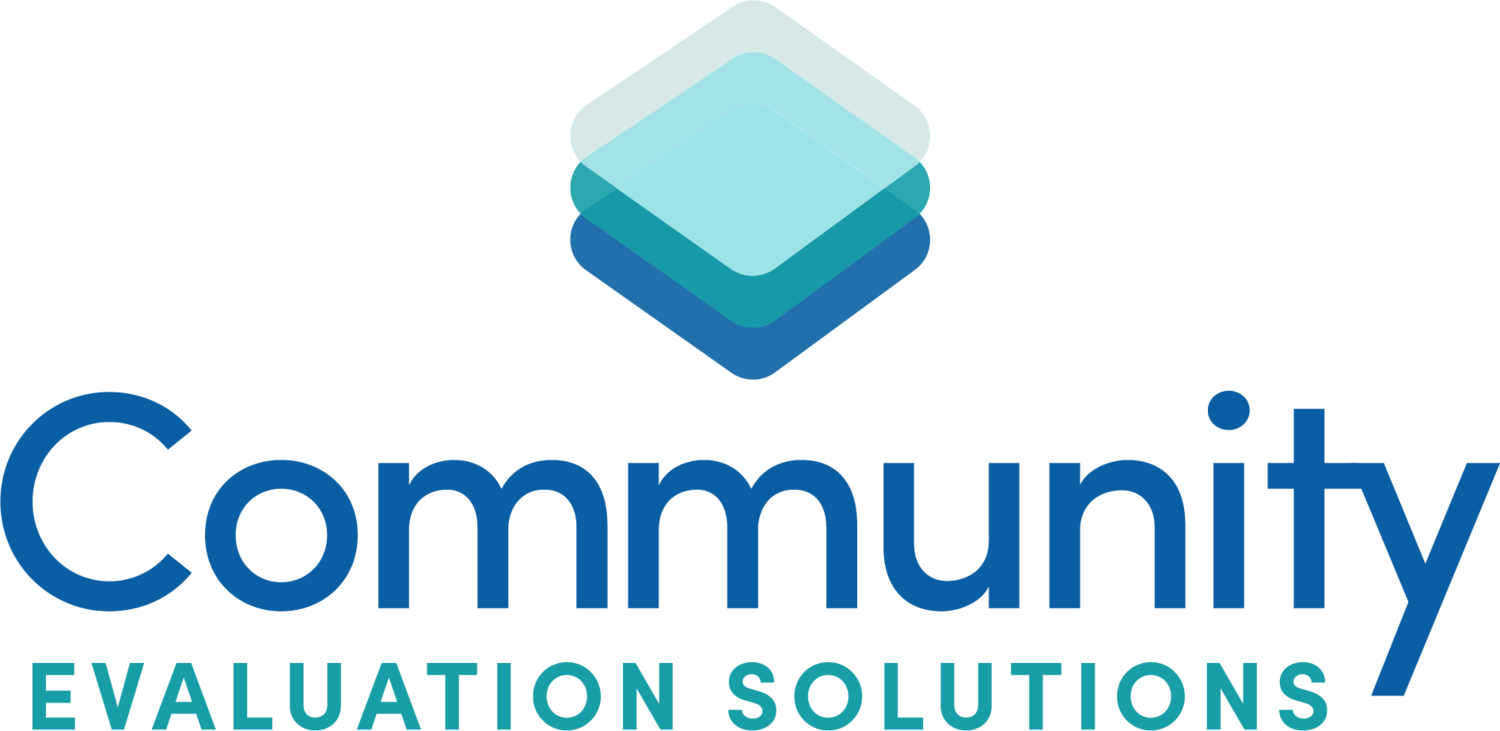Why is Evaluation So Difficult?
One summer when I was in elementary school, my mom sent me to a summer camp. Fun fact? I have 8 brothers and sisters (yep, you heard me right), so going to summer camp was a rare event. In fact, I don’t think I went to another one.
Part of summer camp was swim lessons at a local park on the bay in Florida. I was progressing along, moving from the guppy class where we learned to blow bubbles on the top of the water, then putting our face in, then moving to floating and finally swimming short distances.
Then one day, one of the camp counselors, said “Jump with me off the dock!”
I did.
I had no idea I was jumping in the deep end. It was WAY over my head. In my mind, I almost drowned.
That experience stayed with me for years. I couldn’t be in the deep end of a pool and pool parties in my teens terrified me. Even now, though I love fishing and being on a boat, I won’t swim in the open ocean.
Evaluation can seem scary for a lot of community nonprofit leaders. Maybe that is you. You just can’t bring themselves to dive into what feels like the deep in of evaluation. So, you just don’t jump. You keep your feet firmly on the dock.
You think you don’t have the time or the money. You’re afraid to swim in the deep end.
You’re not wrong. Evaluation does mean an investment in time and money. And if you really want to create systems change, you’ll have to dig into root causes and think strategically.
Here is my question for you: What one vital lever does you community need to pull to create change?
My guess is your coalition or nonprofit already knows the answer. You might need someone to hold your hand as you jump into the deep end, but you know what can truly make a difference in your community.
It’s that understanding that illuminates the vision, helps you identify the strategy, implement the community change work, measure your progress, and tell that amazing success story.
If you’re still nervous about jumping into the deep end, I feel you. You might want to check out my free mini course to get your feet wet.


